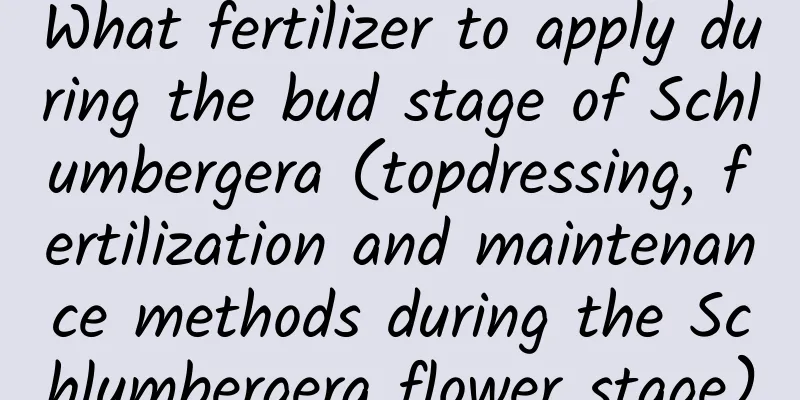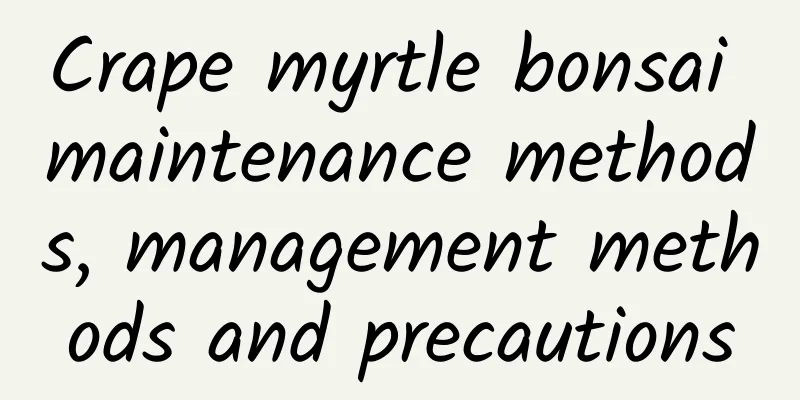The cultivation methods and precautions of Kochia scoparia

How to cultivate Kochia scopariasoilKochia scoparia is not demanding on soil and prefers loose, fertile, humus-containing, and well-drained sandy soil. However, it can also tolerate poor and thin soil, and can also tolerate alkaline soil. Light and temperatureKochia scoparia prefers an environment with plenty of sunlight, but it is also a relatively shade-tolerant plant. In terms of temperature, Kochia prefers warmth and is not cold-resistant. In addition, the suitable temperature for germination of Kochia scoparia is between 10-20℃. Water and fertilizer managementIn terms of water and fertilizer management, the maintenance and management of Kochia scoparia is still very simple and extensive. Basically, when planting, you need to apply a certain amount of base fertilizer to the Kochia scoparia and water it thoroughly. After planting, Kochia scoparia needs to be fertilized 2-3 times a year, but of course, you don't have to apply fertilizer at all. As for watering, although Kochia scoparia can tolerate drought, you should still add a certain amount of water to keep the soil moist so that Kochia scoparia can grow well. It is required to water once every 7-10 days during the growing period. The soil should be moistened when dry to avoid waterlogging. Reproduction methodThe propagation of Kochia scoparia is generally carried out by sowing, usually in spring, by direct sowing. Sow the seeds of Kochia scoparia in April every year, apply base fertilizer before sowing, keep the soil moist, and the seedlings will emerge in about 10 days. You can transplant them at the appropriate time. Kochia scoparia is propagated by seeds, germinates quickly and evenly, and is easy to maintain. Precautions for the cultivation of Kochia scopariaWeedsDuring the growth process of Kochia scoparia, many weeds will inevitably appear and need to be removed. Weed control can be carried out by manual control, mechanical control, chemical control, alternative control and ecological control. Pests and diseasesKochia scoparia is more susceptible to aphids and dodder parasites. Timely prevention and treatment are required. |
<<: Cultivation methods and precautions of Yujiuhua
>>: Does Kochia scoparia bloom?
Recommend
Is the peace tree poisonous?
1. Is the peace thyme tree poisonous? It does not...
How to sow red clover
Collecting seeds If conditions permit, you can ch...
How to grow orchid seedlings? Can one orchid seedling survive?
1. How to raise 1. Choose soil: When growing and ...
Causes and treatments of pig coughing in winter
With the arrival of winter, the temperature drops...
How to plant Aristolochia tubulosa seeds
1. Seed collection The seeds of this plant are no...
What flowers are suitable for growing in Xiamen? What are the city flowers and trees?
Xiamen has a subtropical marine monsoon climate. T...
What to do if the leaves of the plant wilt?
1. How to deal with it 1. If it is because of too...
The role of Silver Star
The ornamental function of silver star Silver Sta...
Planting technology and management of greenhouse eggplant
Eggplant is a warm-loving vegetable and its gener...
If you grow an asparagus fern for 10 years, it will bloom and bear fruit every year! How to raise it?
How to grow asparagus fern so that it can bloom a...
Can the fortune tree be repotted in summer? Precautions for repotting in summer (full)
Can the fortune tree be repotted in summer? The m...
How many years does it take for a pistachio tree to bear fruit?
Pistachio planting results after several years If...
Peony planting methods and precautions Peony planting conditions and planting techniques
How to cultivate peony illumination Peonies do no...
How to store tomatoes, how to store fresh tomatoes
1. Refrigeration method Ripe tomatoes can be stor...
Chlorophytum cultivation methods and precautions
1. Breeding methods 1. Watering: It is afraid of ...









